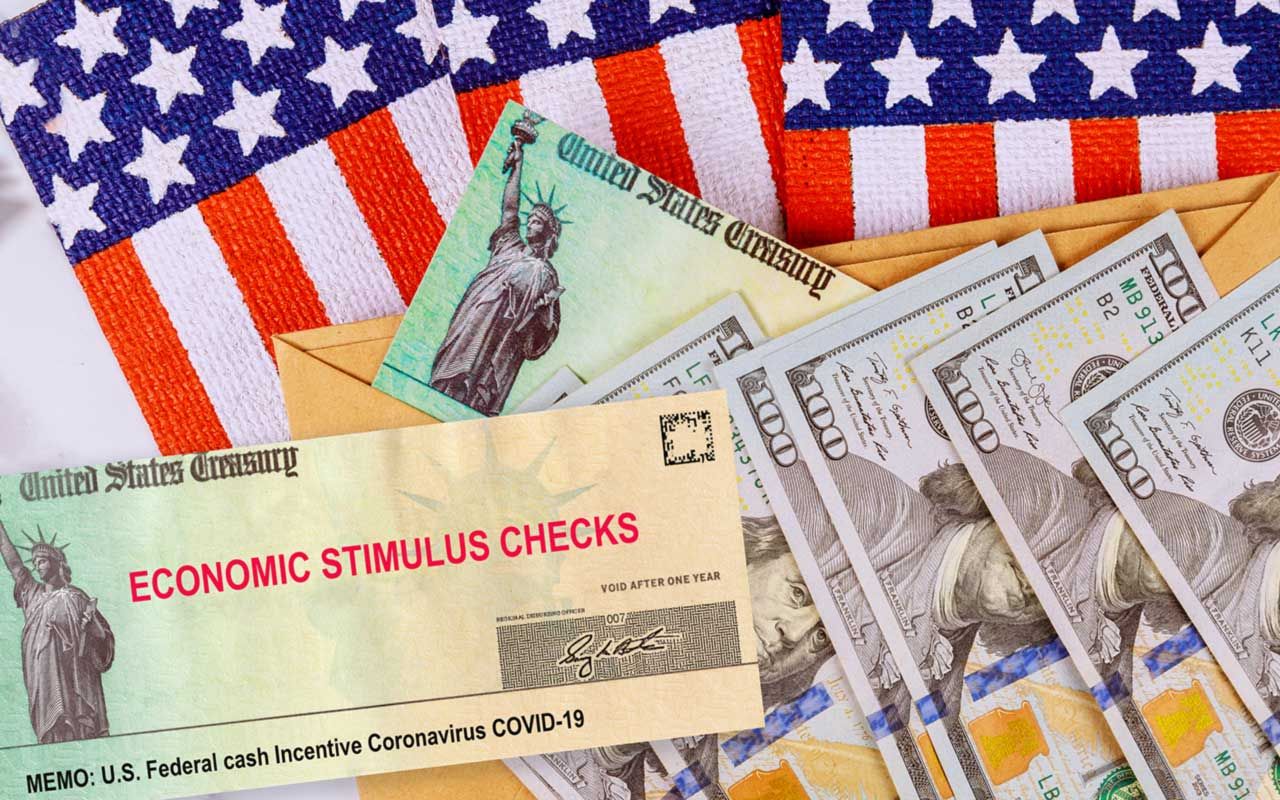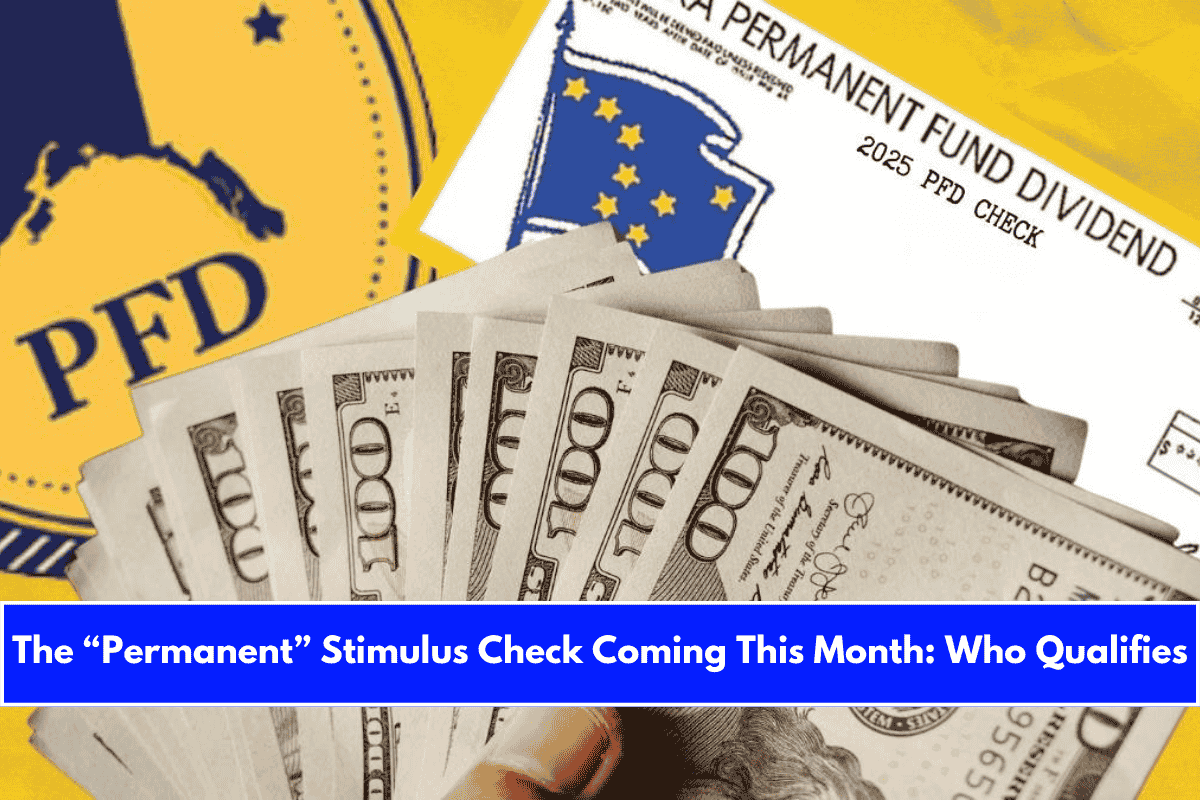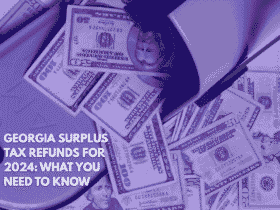If you live in Alaska, you’re probably familiar with the Permanent Fund Dividend (PFD). This is the money the state gives back to its residents every year from profits made off oil. But lately, there’s been a lot of debate on how to keep the PFD going without the state running out of resources. Let’s break it down for you in simple terms.
What’s New with the PFD in 2025?
This year, there’s good news for Alaskans! The PFD payment has increased by 30% compared to 2024, reaching $1,702 per person. This amount is split into two parts:
- $298.17 for energy expenses (like heating or lighting your home)
- $1,403.83 as a direct payment from the Permanent Fund itself
It’s a pretty solid boost, right? But there are some rules you need to follow to qualify for the PFD. Let’s go over those.
Who Can Receive the PFD Stimulus Check?
The PFD is not automatic, and not everyone qualifies. To apply for this payment, you must meet these requirements:
- Live in Alaska for at least one full year before applying.
- Be physically present in Alaska for at least 72 hours in the last two years.
- No serious criminal convictions in the last year. If you’ve had minor crimes, there can’t be more than two since 1997.
If you’ve met these conditions and applied by March 31, 2024, you’ll receive the payment on April 17, 2025. But don’t worry if you missed the deadline—you can still claim past payments if your status was marked as “Eligible-Not Paid” before April 9, 2025. To do so, you’ll need to use traditional mail or visit the PFD website.
Are the PFD Payments Guaranteed?
The PFD has been a part of Alaska’s system since 1976. It was created to share the state’s oil profits with all residents. However, in recent years, the state has used these funds to balance its budget. This means the PFD payments can vary: when oil profits are high, the dividend increases; when revenues drop, the payment is smaller.
In 2025, things are more complicated. Oil revenues are low, and the state needs to fund public schools as well. If they continue using the same strategy, the PFD might fall below $1,000 per person. Of course, no one is happy about that, so politicians are exploring options to solve the problem.

What Are Alaska’s Options for the PFD Fund?
Alaska has several options to address this issue, but none are particularly popular with Alaskan taxpayers:
1. Withdraw Money from the Emergency Fund (CBR)
This could provide quick funding, but two-thirds of Congress must agree. Given the current political divisions, a small group could block this idea.
2. Withdraw More Money from the Permanent Fund
This option only requires a simple majority to pass, but it comes with risks. If the fund is drained too much, the state’s credit rating could be downgraded, leading to higher interest rates if Alaska needs to borrow money.
3. Raise Taxes
Some senators are proposing tax increases, like:
- Senate Bill 92: Would raise taxes on the oil company Hilcorp, generating about $150 million annually.
- Senate Bill 112: This bill would modify tax credits for oil companies and could bring in an additional $190 million for public services or the PFD. There’s also talk about charging more for online sales, but that won’t make a huge impact.
However, Governor Mike Dunleavy and the House of Representatives are strongly against raising taxes. Dunleavy has made it clear he will veto any tax increase proposal, so it’s unclear whether the Senate’s plans will succeed.
What’s Next?
The Senate is debating these proposals, but time is running out. Many citizens are left wondering whether their PFD next year will be high, low, or depend on how the budget mess gets resolved.











Leave a Reply